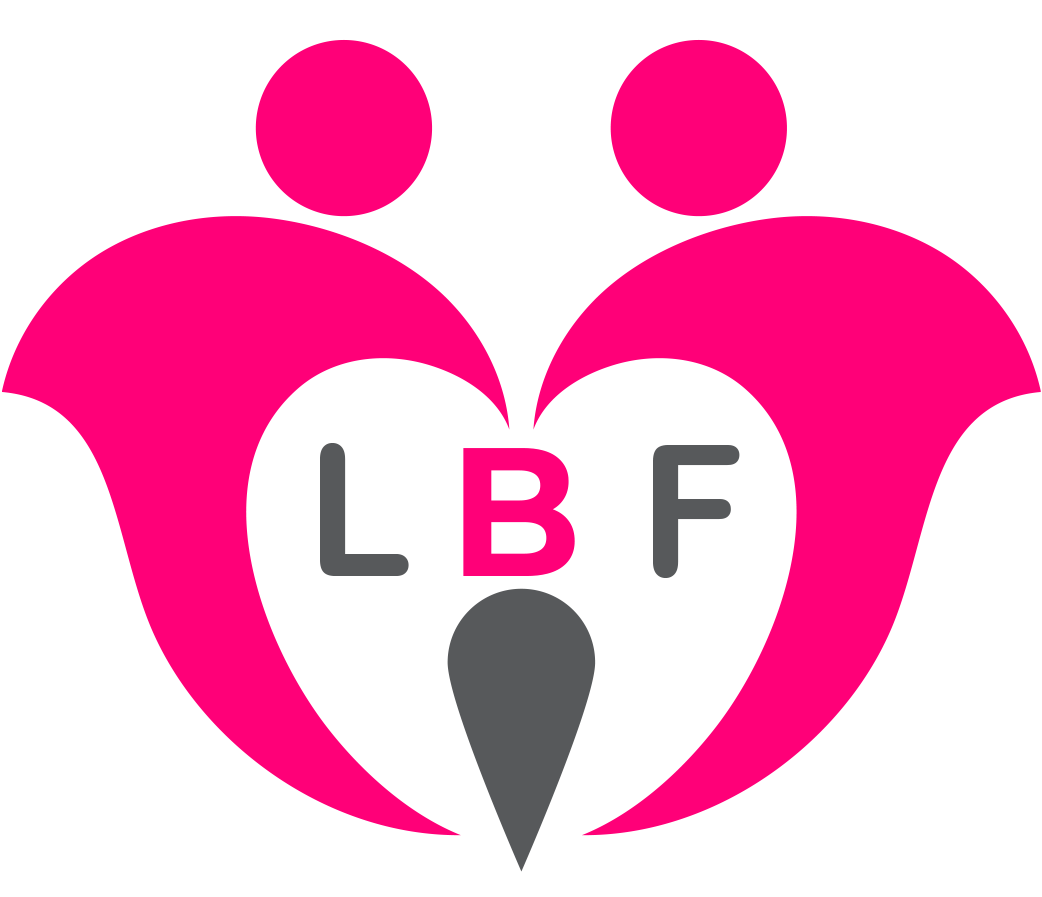Proper Latching Techniques for Successful Breastfeeding
Proper latching is a critical component of successful breastfeeding, as it ensures that the baby receives adequate nutrition while minimizing discomfort for the mother. Understanding the principles and practices of achieving a proper latch is essential for both new and experienced mothers.
Latching is the process of the baby attaching to the breast to feed. A correct latch allows the baby to efficiently draw milk, which is vital for their growth and development. For the mother, a good latch reduces the risk of nipple pain, soreness, and other breastfeeding complications.
To achieve a proper latch, follow these step-by-step instructions:
First, ensure that the baby’s mouth is wide open, resembling a yawn. This wide gape helps the baby take in more of the areola rather than just the nipple, which is necessary for effective sucking. Next, gently guide the baby’s mouth to the breast, ensuring that their lower lip and chin touch the breast first. This stimulates the baby’s natural reflexes to open wider. The baby’s chin should be deeply embedded in the breast, with their nose slightly away to ensure clear breathing.
A deep latch is characterized by the baby’s mouth covering a large portion of the areola, not just the nipple. You should hear rhythmic sucking sounds as your baby feeds, indicating that they are nursing effectively. Signs of a good latch also include the baby’s lips flanged outward, cheeks rounded and full, and no visible indentations. On the other hand, symptoms of a poor latch can include nipple pain, damage, and an improper seal, leading to ineffective feeding and excess air intake by the baby.
To troubleshoot common latching issues, consider trying different breastfeeding positions, such as the cradle or football hold, to find what works best for you and your baby. If difficulties persist, consult a lactation expert for personalized advice and strategies. Techniques such as skin-to-skin contact and relaxed breastfeeding can also help to improve latching success and overall breastfeeding experience.
Exploring Different Breastfeeding Positions to Ensure Comfort for Mother and Baby
Finding the right breastfeeding position is crucial not only for the baby’s ability to latch effectively but also for the mother’s comfort. One of the most well-known positions is the cradle hold, where the baby’s head rests in the crook of the mother’s arm. This position is often natural for many and allows easy eye contact and bonding between mother and baby. However, for new mothers, the cross-cradle hold may provide better control. In this position, the mother uses the arm opposite to the breast being used to support the baby’s head and body, allowing for a more secure hold.
The football hold, also known as the clutch hold, is particularly beneficial for mothers recovering from a C-section or those with larger breasts. In this position, the baby is tucked under the mother’s arm, akin to how a football is held. This keeps the baby away from the C-section scar and enables easy access to the breast, ensuring a deep latch. Another gentle option is the side-lying position, which involves the mother and baby lying down facing each other. This position can be very relaxing and is excellent for nighttime feedings or for mothers who need to rest while nursing.
Regardless of the position chosen, the use of pillows and other supports can significantly enhance comfort. Placing a pillow under the baby can help lift them to the breast level, reducing strain on the mother’s arms and shoulders. For techniques like the football hold, a pillow behind the mother’s back can provide essential support. Ensuring the mother is comfortable prevents common issues such as back and neck pain.
Experimentation with various positions is essential. Each mother-baby pair is unique, and what works perfectly for one may not suit another. In some scenarios, such as public breastfeeding, discreet positions like the cradle hold can be more suitable. Finding the right fit requires patience and practice, but ensuring the mother’s comfort and the baby’s effective latch ultimately leads to a more pleasant breastfeeding experience for both.
